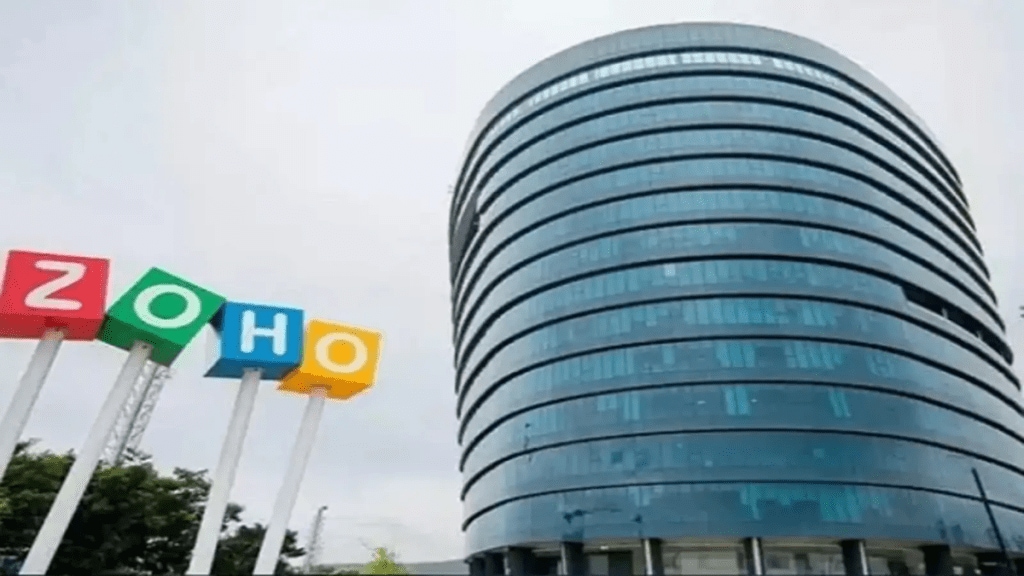Zoho Corp has rolled out a major refresh of Zoho One, placing artificial intelligence at the centre of the unified business software suite with new features such as a persistent AI bar across applications and Zia Hubs for content intelligence. The company is positioning the update as a way to cut through information sprawl inside large organisations and reduce time lost in managing multiple cloud tools.
Hariharan Muralimanohar, global head of marketing for Zoho One, told Fe that the launch caps one of its strongest growth phases, with the platform recording a 27% compound annual growth rate since debuting in 2017 and adding 39% more customers in FY25 alone.
What does the new design offer?
The renewed AI-led design brings Zia, Zoho’s assistant, into every corner of the suite. The persistent AI bar allows employees to query data from CRM, books, desk, mail and select third-party applications without switching screens, effectively functioning as a cross-tool command layer. Zia Hubs operate as an intelligence engine that indexes internal documents and meeting recordings, summarises long-form content and highlights key segments from audio and video files. According to Zoho, the features are aimed at easing search overhead in complex organisations where institutional knowledge is scattered across formats and repositories.
Alongside the AI layer, the update brings a redesigned user experience that groups tools into “spaces” for personal, organisational and departmental needs. Each space has its own dashboards and workflows, while a new unified action panel consolidates approvals, scheduled communications and tasks from across the ecosystem. The move, according to Zoho, is a response to rising “app fatigue” as businesses adopt numerous cloud services to run different parts of their operations.
Customer acquisition
The platform has now crossed over 75,000 business customers globally, each using an average of more than 22 applications from the roughly 50 products bundled into Zoho One. Indian businesses account for between 10-11% of the customer base.
Muralimanohar said that the company is backing its homegrown AI stack even more aggressively following customer feedback that reflects unease with external AI systems. He said that Zoho trains its models only on business-context data without using customer information and keeps compute requirements intentionally light. With concerns rising over the energy consumption of large language models and the governance of AI models trained on public data, he said enterprises are beginning to treat technology architecture as a long-term risk consideration rather than just a procurement decision.
A new centralised integration console has also been added for IT teams, enabling configuration and monitoring of cross-application workflows. The console supports Zoho-to-Zoho, Zoho-to-third-party and even third-party-to-third-party automation through Zoho Flow, now embedded directly into Zoho One’s administration layer.








